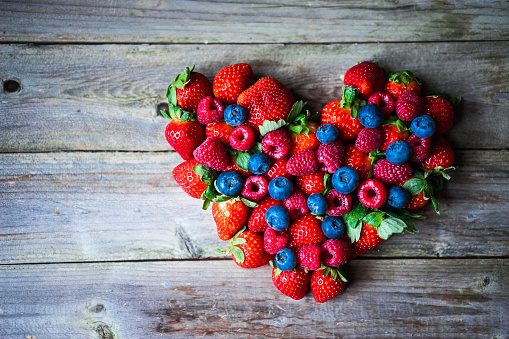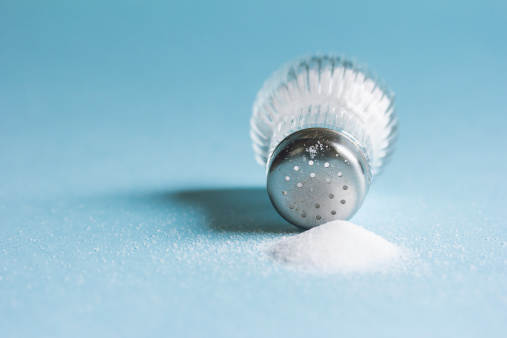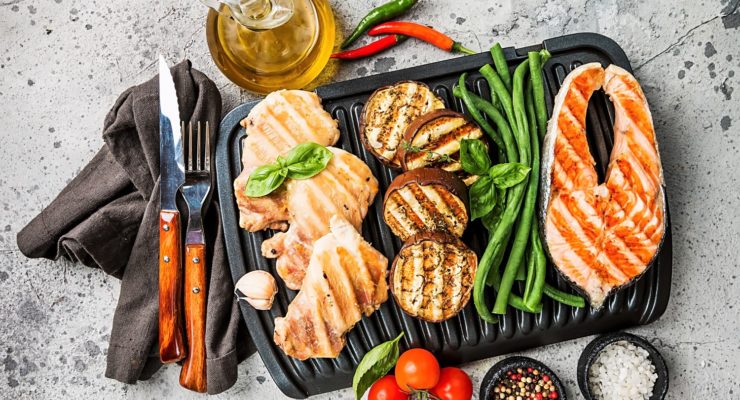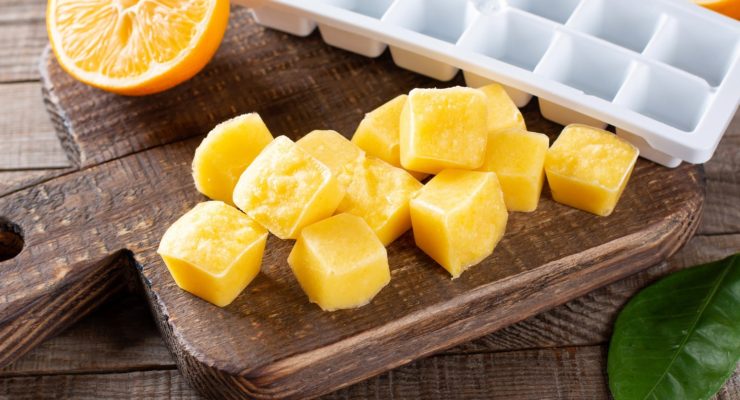5 Ways to Reduce Risk of High Blood Pressure
Article posted in: Lifestyle
In February, we all show our love for others with hearts on cards, candy and so much more. Now is also the right time to remember to show our hearts some love, by celebrating American Heart Month with a little extra attention to the organ that keeps our motor running. Nearly a third of Americans have high blood pressure, according to the Centers for Disease Control, making it the leading threat to healthy hearts. Hypertension, (the clinical term for high blood pressure), is a serious condition that needs medical care. But the good news is, there are simple steps you can take to limit the threat of developing this condition. Bonus: These steps will also help you on the way to your weight loss goal.
WHY IT MATTERS
High blood pressure is sometimes called the “silent killer” because it usually has no warning signs or symptoms, yet it often is the trigger for heart attacks and strokes. In addition to the 29 percent of adults with diagnosed hypertension, another 30 percent lives with prehypertension—numbers that are higher than are healthy, but are not yet in the treatment range. Many people do not even know that they are at risk.
KNOW YOUR NUMBERS
The pressure on your artery walls when your heart contracts and pumps blood to the rest of your body is known as “systolic” pressure. This is the top number in your blood pressure measure. This number should be less than 120, according to the American Heart Association (AHA). The bottom, “diastolic” number is a measure of the pressure on your arteries between heartbeats. Less than 80 is a healthy, the AHA says. Readings of 120-139 and 80-89 indicate your heart is working with what’s known as “prehypertension” conditions, which can become worse when not addressed. Readings above 140 and 90 are diagnosed as high blood pressure.
REDUCE YOUR RISK
Hold the salt. The amount of sodium in your body is linked to hypertension. Limiting your consumption to less than 2,300 milligrams a day can significantly reduce your risk of high blood pressure. Table salt is the most visible source of sodium in your diet, but you are likely to be getting much more from processed foods of all kinds. Look for low-sodium options when you shop for groceries.
Pass the potassium. The impact of sodium on your blood pressure is balanced by the amount of potassium in your diet. The best (and tastiest) way to get more potassium is by eating foods that are rich sources of the mineral, such as spinach, white beans, yogurt, salmon, avocados and bananas.
Sip one drink. Alcohol in small amounts—one drink per day—actually helps reduce blood pressure. But don’t be tempted into thinking that if a little is good, more must be better. After a couple beers or glasses of wine, alcohol measurably increases blood pressure. Plus, if you’re following the Nutrisystem program, you’ll want to skip this step until you’ve reached goal since alcohol can add empty calories.
Take time to chill. Stressful situations can raise your blood pressure dramatically. Few of us can avoid stress altogether, but when you are chronically stressed out you have the conditions for hypertension. If your days are consistently stressful, make time for a short walk or a break for deep breathing to help your body recover from the tension.
Maintain your ideal weight. Blood pressure tends to increase as weight increases. Being overweight also can cause disrupt your breathing while you sleep (causing sleep apnea), which further raises your blood pressure. Extra weight around your waist specifically increases your risk of hypertension.
Eat well. A diet of mostly whole grains, fruits, vegetables and low-fat dairy products and a minimum of saturated fat and cholesterol has been shown, in many studies, to significantly lower your blood pressure. It’s also the easiest way to look and feel your best and to continue making progress toward your weight loss goal.










